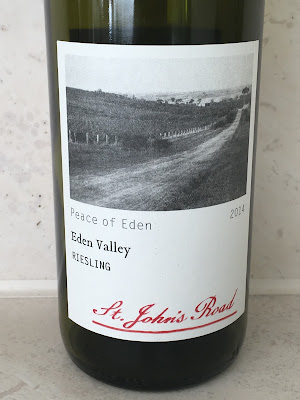I decided to see out the old year with one of my favorite producers in the Southern Hemisphere, Kusuda-san. I am drinking the 2010 Kusuda Pinot Noir.
I reported briefly on the 2013 Pinot Noir a few posts ago. This wine is much more developed, but this makes this wine even more exciting. The colour is a medium intensity ruby, bordering on garnet. The aroma consists predominantly of forest berries. On the palate, the wine is quite complex. Small berry flavours of medium intensity join mushroom and five spice. Yet, this wine is quite precise and has great definition down the palate. Silky tannins are pleasant on the back palate. The overall impression is of a savoury wine in great harmony.
I have enjoyed Kusuda Pinot Noir at young age, but this, my first experience of this wine with age, is even more exciting.
Score: 97/+++
I reported briefly on the 2013 Pinot Noir a few posts ago. This wine is much more developed, but this makes this wine even more exciting. The colour is a medium intensity ruby, bordering on garnet. The aroma consists predominantly of forest berries. On the palate, the wine is quite complex. Small berry flavours of medium intensity join mushroom and five spice. Yet, this wine is quite precise and has great definition down the palate. Silky tannins are pleasant on the back palate. The overall impression is of a savoury wine in great harmony.
I have enjoyed Kusuda Pinot Noir at young age, but this, my first experience of this wine with age, is even more exciting.
Score: 97/+++

























